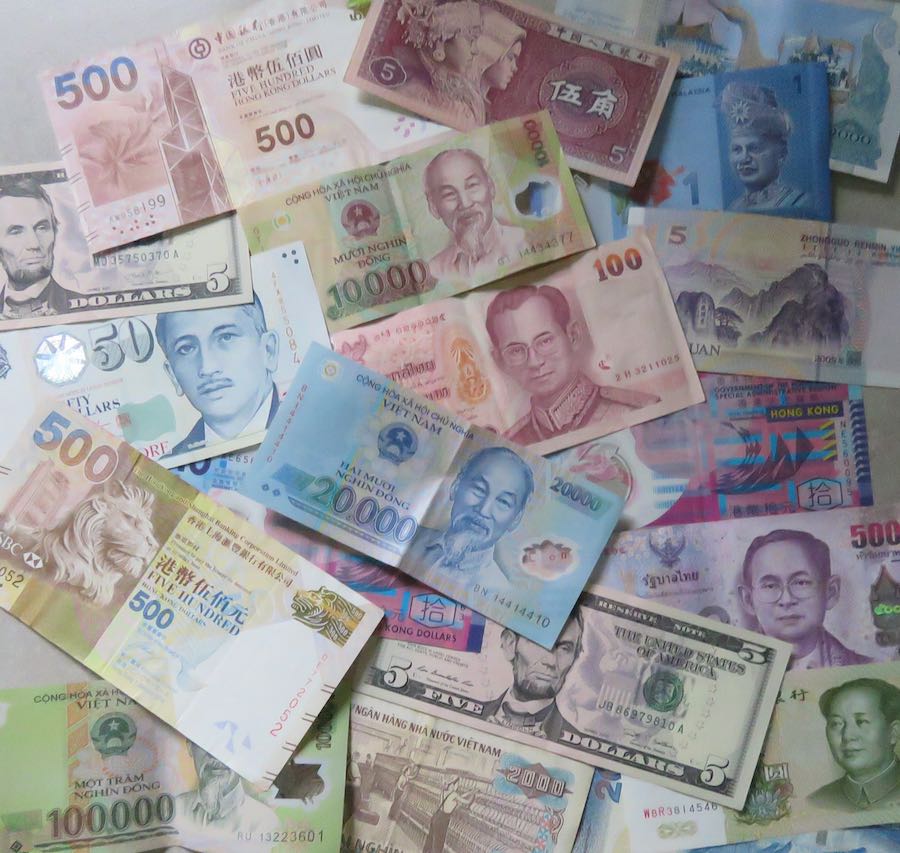Despite the advantages of freelancing, few people understand why it’s one of the best decisions you could make in your career.
Working for other people brings many challenges. Sadly, often that can take the form of being micromanaged. In organization heavily weighted toward bureaucratic decision-making, you have to conform to corporate policies to keep your job even when the rules are outdated or don’t make sense.
Freelancing allows you time-freedom, allows you to make up your own rules on how to use the day, and allows you to focus on what you do well to the point of mastery. In addition, there is no cap on your income, no office politics, and nobody to ask permission from to go to the bathroom because you’re leaving your desk unattended.
Design Your Lifestyle
As a freelancer, you also get to make lifestyle decisions that thrill you. You can pick and chose what works for you, you can chose to call Directv, HBO and/or Netflix. If you’re a gourmet cook, you can spend time in the kitchen making your favorite meals. And if you’re a health enthusiast, you can stick to your special diet to build muscle and burn fat and then go to the gym when it’s less crowded to sculpt that perfect body.
As a freelancer, you get to choose your own lifestyle. You don’t have to be tied to a cubicle in a corporate maze to earn your living. You also don’t have to hope for a shred of cheese to be tossed your way now and then by your overlords, because you can pitch your work far and wide and get as much cheese as you like.
How to Flourish as a Freelancer
While there is much more that can be said about the pleasure of doing work you love all day long and the freedom to create your ideal lifestyle, let’s take a look at 3 ways to flourish as a freelancer.
Choose your weapons
In a duel, the combatants get to choose their favorite weapon because this gives them the greatest chance of winning and saving their own lives. Similarly, in freelancing you get to work at something you do naturally well to win at the game of money-getting.
If you love to write, create graphics, take photographs, design websites, write code, and so on, there is someone willing to pay you to do it for them. They either don’t know how to do it for themselves or they know how to do it, but don’t like doing it. What you find easy, they find difficult. In fact, what you love to do is probably more like play than work.
Master your craft
Whatever you’ve chosen to do as a freelancer, you probably have long aspired to do it better. Consider your work as a trained apprenticeship.
Let’s suppose you love to write blog posts.
When you set up your own blog, you probably won’t get paid for it until you’ve spent a considerable amount of time establishing your reputation as a blogger. However, other people don’t have the time (or inclination) to write for their own blogs and will gladly hire you to keep their content schedule on track so that they can build their brand.
While you can certainly get plenty of practice writing blog posts, which will make you a better writer, you can take it one step further. Reinvest some of the money you earn as a blogger to take a master class or two from top bloggers to learn how to create viral posts.
Meanwhile, there is nothing to prevent you from building your own blog while you work.
Similarly, you can upgrade your work as an author by ghostwriting books or as a photographer by doing photo shoots for clients and using photos to spice up your blog posts (like this one I took).
In other words, whatever your talents, you can use freelancing as a way to get really good at it.
Working at a job you hate is a recipe for unhappiness.
Think like a business person.
Even if you do get to do what you love all day, get generously compensated for it, and can get the experience and the educational opportunities to master your craft, freelancing is still a business. Besides mastering the golden rules of making money, you should also get good at building your platforms, growing your portfolio, collecting proof, and consistently pitching.
Let’s take a closer look at these four components to freelancing success:
- Platforms. You build your brand through your website by creating a blog and by establishing a social media network.
- Portfolio. As you work for clients you will be adding to your portfolio of work to show new clients
- Proof. How do prospective clients know that you can deliver what you’ve said you can on your platforms? You have to show proof based on past work. Collect testimonials from clients whose business you’ve helped improve through your contribution.
- Pitching. While people will come to you because of you brand name and referrals, you also have to get good at pitching. This means actively soliciting work.
Think of freelancing as a combination of farming and hunting to sustain yourself. For long term food supply, you can plant crops. This is what taking classes in your craft, building your platform, adding to your portfolio, and collecting testimonials will do for you. Meanwhile, you don’t want to starve while your crops are growing, so you also need to do some hunting. This is where pitching helps out.
Some people are happy working for others and that is fine. But for those that are constantly frustrated and unhappy there are alternatives to explore. It isn’t easy but it may be that it fits your personality and desires more to design your own job. If you are willing to meet the challenges it is a path that many have found to be very rewarding.








